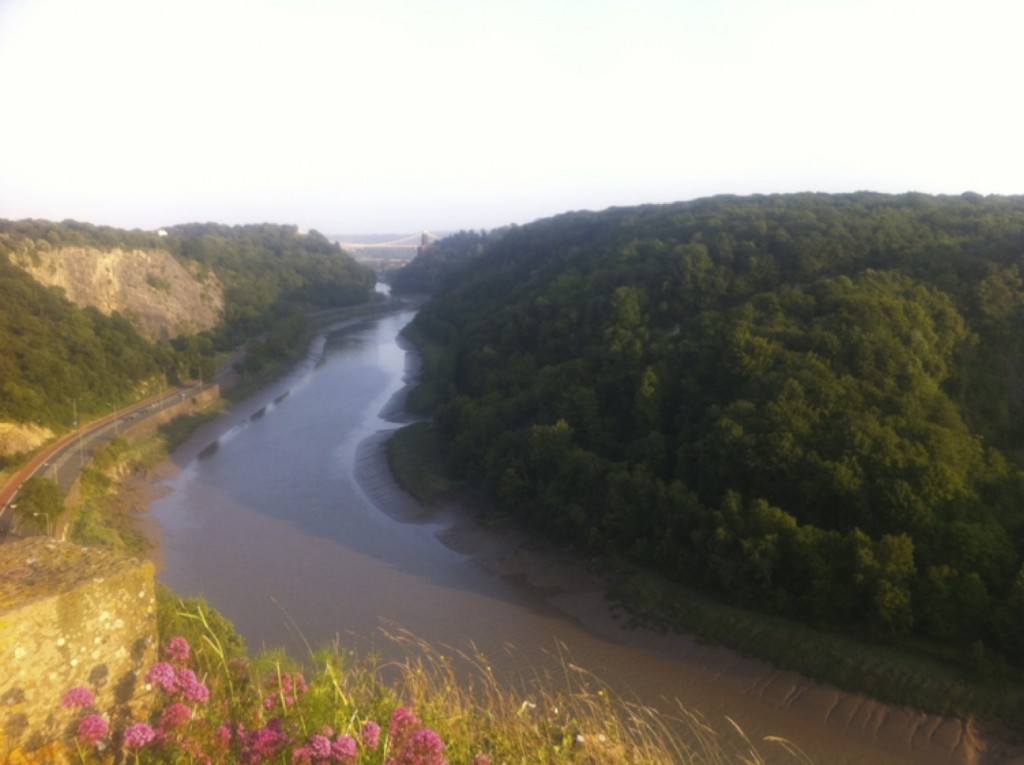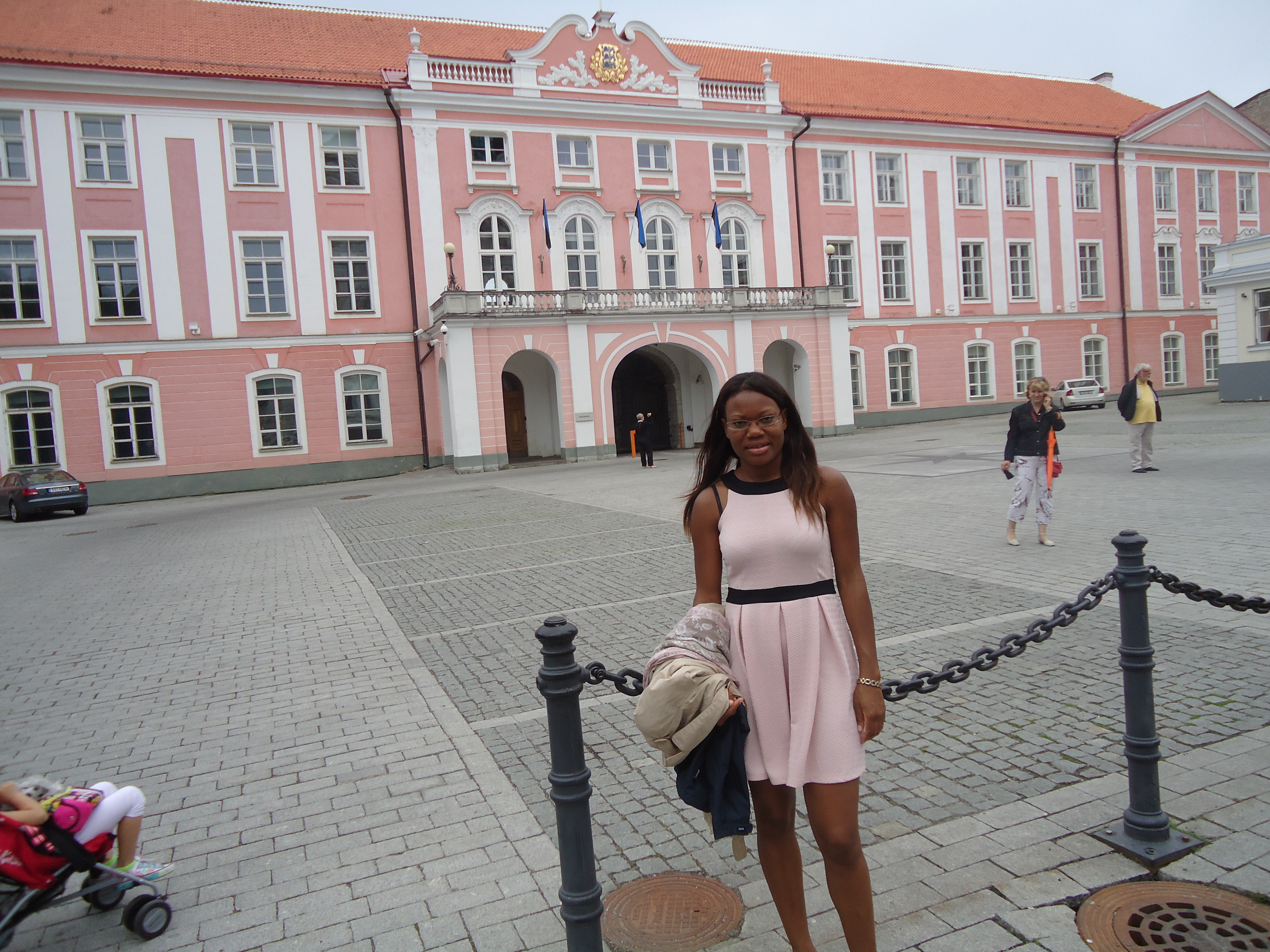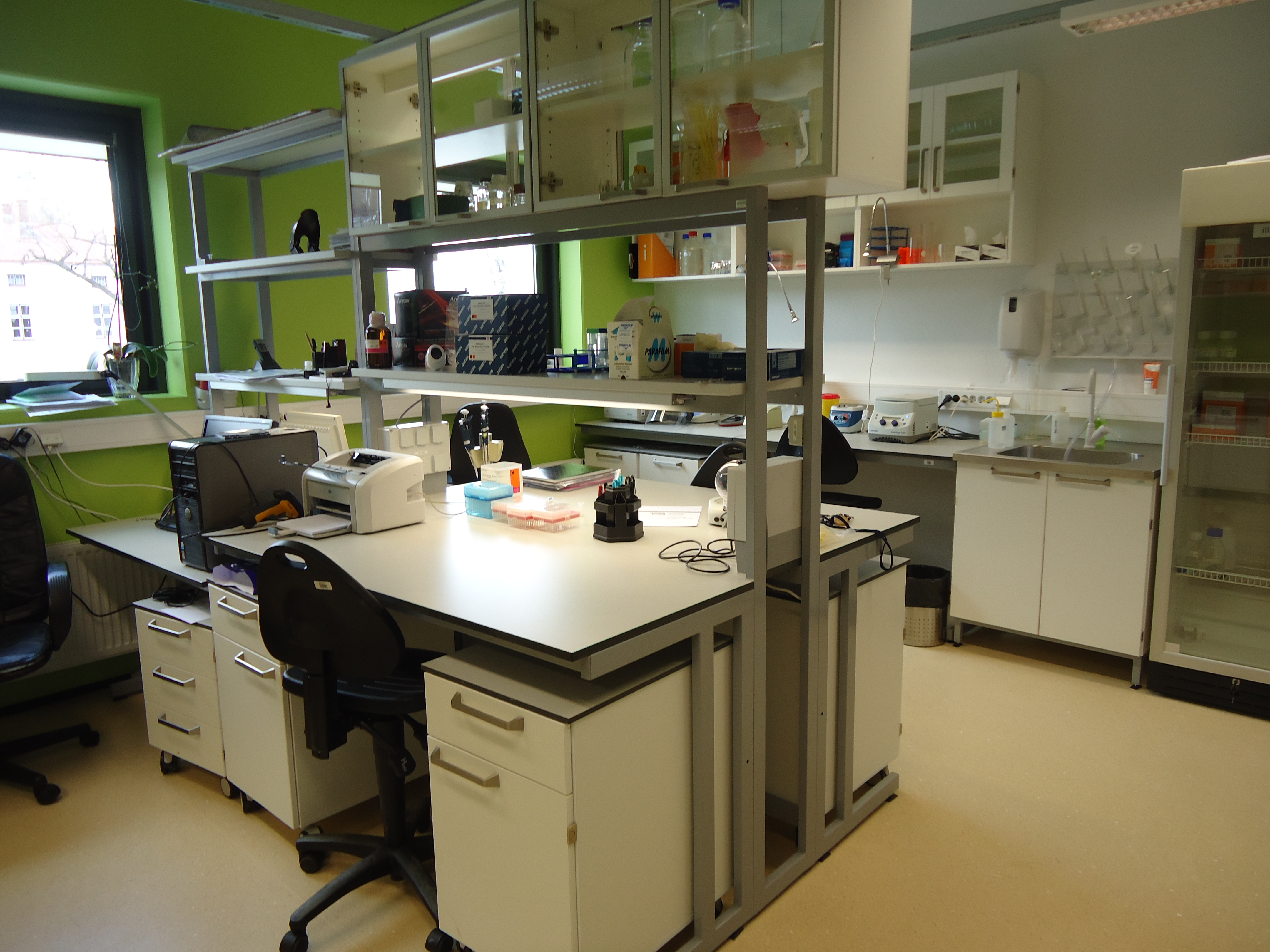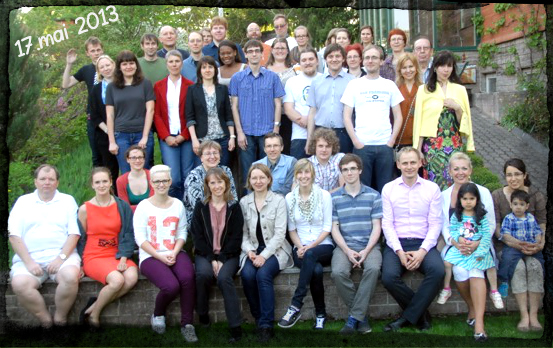I headed off from the University of Cape Town to the UK at the beginning of June to do my EUSARNAD stint at the University of Bristol, under the supervision of Prof. Glyn Lewis. I was to spend 4 weeks in the lovely South-Western city of Bristol, learning how to do relatively complex statistical analyses on the impressive ALSPAC cohort.
 The ALSPAC study or as it’s affectionately known, Children of the 90s, is a long-term health research project which recruited pregnant mothers between 1991 to 1992, exclusively from the AVON county in the South West of the UK. The researchers collected vast amounts of environmental and genetic data from the 14 000 mothers and their babies throughout their development. Today, those babies are all grown up and have kids of their own, who are also part of the study. In any case, the aim of my visit was to use some of the ALSPAC data to determine whether genetic variants interacted with stressful childhood events to result in adolescent alcohol use, and whether those gene-environment interactions are mediated by anxiety symptoms. What a mouthful! Needless to say, most of my trip was spent trying to get to grips with using the required statistical programs and dealing with multiples of multiples of variables. Thanks to Andrew Crawford and Sarah Lewis, this process was not too hard.
The ALSPAC study or as it’s affectionately known, Children of the 90s, is a long-term health research project which recruited pregnant mothers between 1991 to 1992, exclusively from the AVON county in the South West of the UK. The researchers collected vast amounts of environmental and genetic data from the 14 000 mothers and their babies throughout their development. Today, those babies are all grown up and have kids of their own, who are also part of the study. In any case, the aim of my visit was to use some of the ALSPAC data to determine whether genetic variants interacted with stressful childhood events to result in adolescent alcohol use, and whether those gene-environment interactions are mediated by anxiety symptoms. What a mouthful! Needless to say, most of my trip was spent trying to get to grips with using the required statistical programs and dealing with multiples of multiples of variables. Thanks to Andrew Crawford and Sarah Lewis, this process was not too hard.
As for the rest of the title, when I was not grappling with the complexities of statistical analyses, I visited the Clifton Downs lookout point which has a beautiful view of the famous Clifton suspension bridge, a Bristol landmark. For anyone travelling to that part of the world I would highly recommend a trip to Bath Spa which is one train stop away from Bristol. There I got to explore the fascinating Roman Baths and the former home of Jane Austen. So fascinating! All in all, Bristol was a memorable experience and 4 weeks went way too quickly!
– Shareefa




